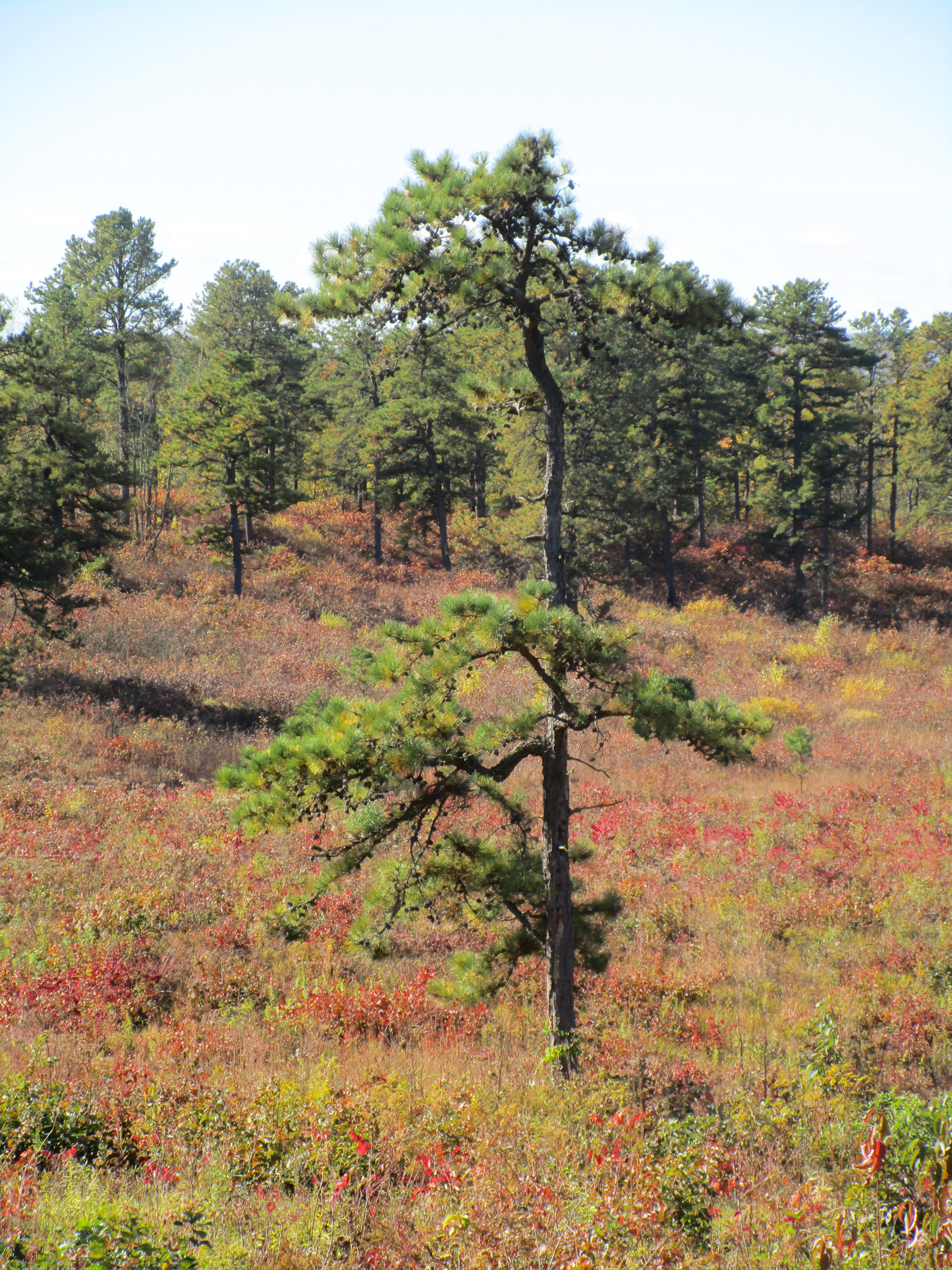by Tim Truscott
On November 18 and 19, I attended the annual conference of the New York State Association for Reduction, Reuse and Recycling at the Otesaga Hotel in Cooperstown. The association, also known as NYSAR3, states its mission is “To provide statewide leadership on waste reduction, reuse and recycling issues and practices to improve the environment.”
NYSAR3 is comprised of individuals, educational institutions, government representatives and businesses interested in reuse, reduction and recycling.
On the first day of the conference, a great deal of time was spent discussing various aspects of the composting of organic waste (e.g. waste food and yard waste). The principal speaker for this topic was a career professional from the New York State Solid Waste Management Institute at Cornell University. I have dubbed her “The Composting Queen”.
Landfill gas (recovery of methane gas from landfills for use in generating electricity) was not a topic of discussion. While landfill gas may be considered a “renewable energy source” by some, it is not in itself a means for reducing, reusing or recycling.
It is interesting to note that, while composting of organic waste was discussed extensively at this conference, there was no discussion of in-vessel anaerobic digesters. I suspect the reason the group is not actively promoting anaerobic digesters as a method of treating organic waste is that this technology requires such high up-front costs to develop. Composting can be performed very effectively on open land with a minimum of equipment (a medium-sized front-end loader would work) and one manager who knows the proper techniques for composting.
On the second day of the conference, a panel discussion was held with representatives from the paper recycling industry who told of their need for paper to recycle. In spite of all the paper used in New York, not enough of it gets recycled to meet the needs of the manufacturers of different kinds of recycled paper products. Panelists included paper brokers in Utica, cellulose insulation manufacturer in Amsterdam, a corrugated cardboard manufacturer in the Syracuse area and a paper manufacturer in Newton Falls, NY.
The second day of the conference also included a panel discussion on municipal recycling programs. The common theme was that a successful recycling program requires a great deal of continuous public education, enforcement and a lot of hard work on the part of the recycling program staff. The Onondaga County recycling program, one of the most successful in the state, has people who spend all of their time visiting businesses in the county helping them to do a better job of recycling. Too bad Albany isn’t doing that.
Arrangements by NYSAR3 were made with the Otesaga Hotel management to have all of the conferences waste food and other compostable materials collected and set aside. At the conclusion of the meeting, the compostables were taken to the Delaware County compost facility by facility director, Sue McIntyre, in the back of her truck!
It is regrettable that with all of the resources we have at our disposal (information and experienced professionals we can call upon for advice) for reduction, reuse and recycling, that Albany’s Rapp Road landfill has undergone multiple expansions, that it is constantly fouling the air of the Capital Region with the methane and other unhealthy gases it emits, and that it threatens the health of Capital Region residents on a daily basis. It has also destroyed a large part of a unique ecosystem, the Albany Pine Bush, and continues to threaten what remains.
Published in the January/February 2010 Newsletter
